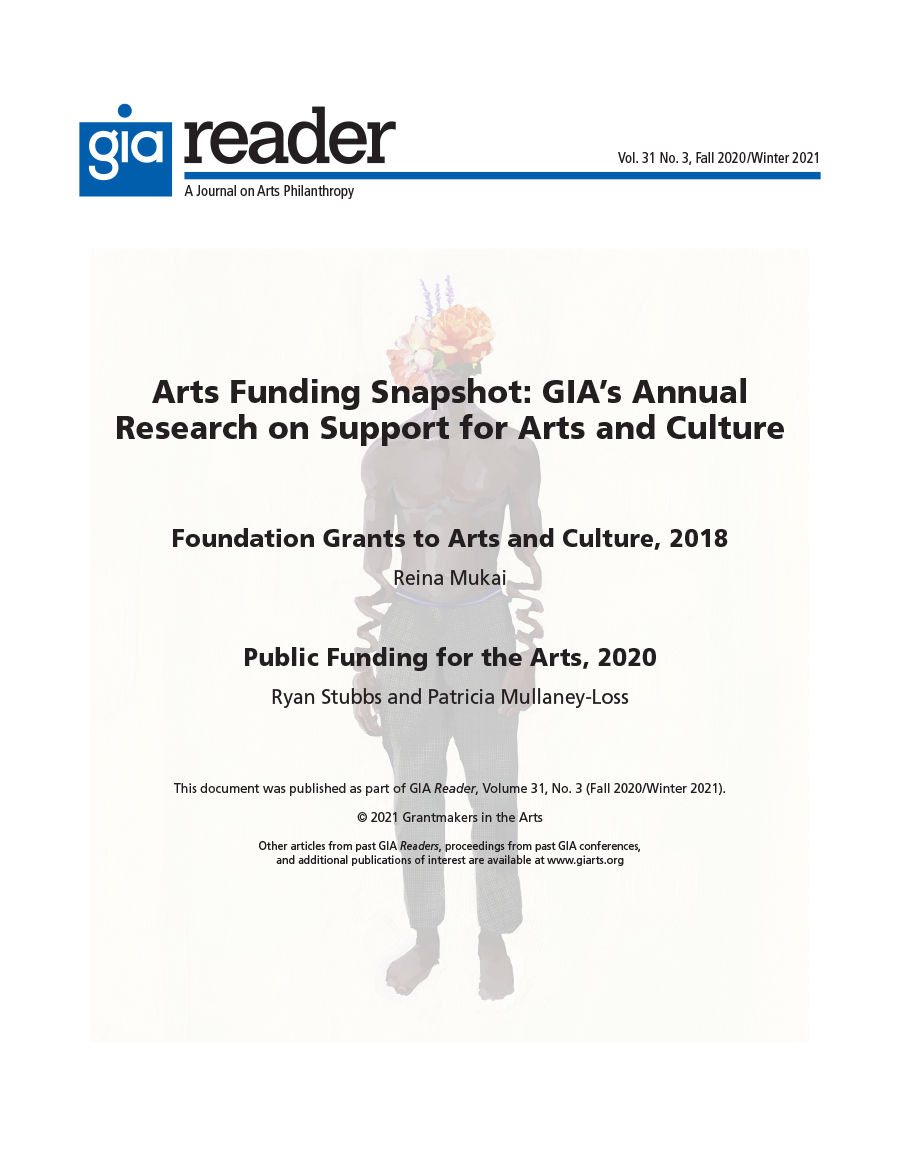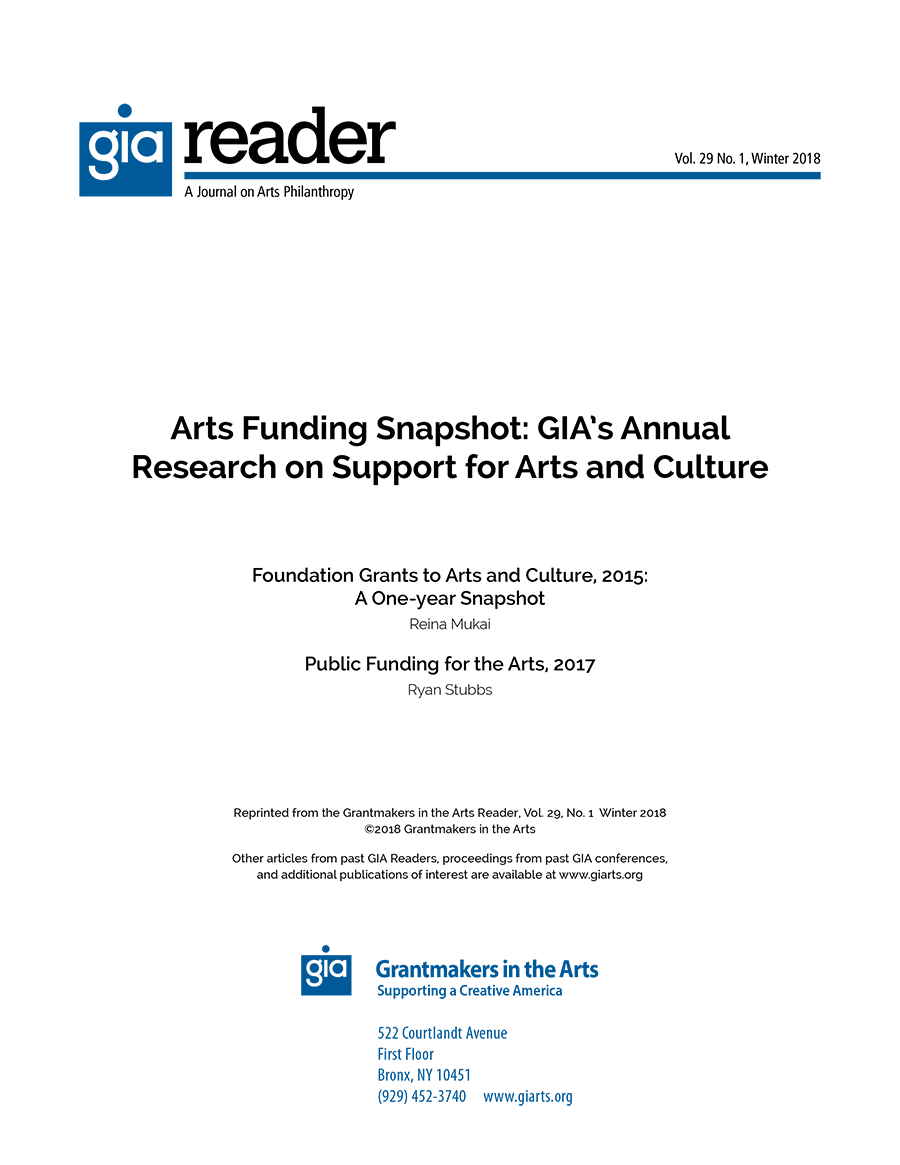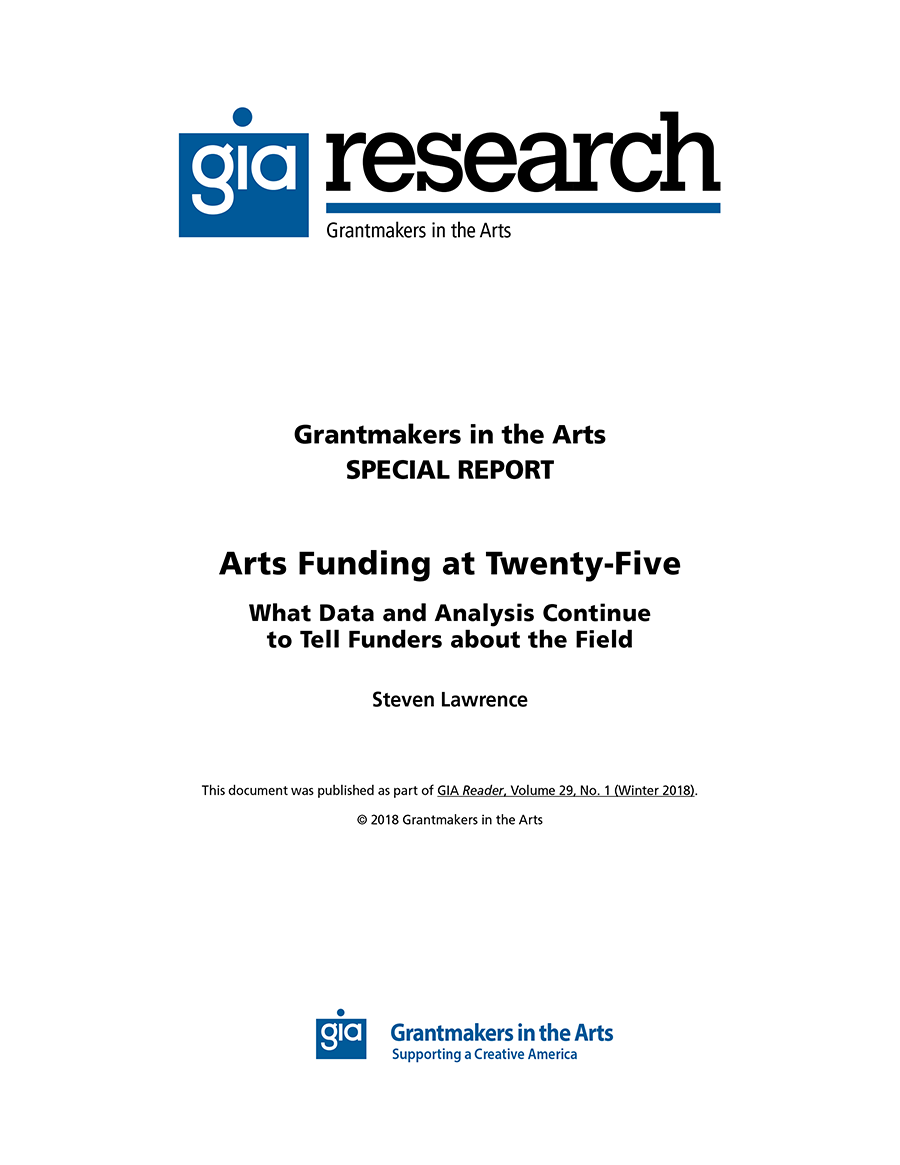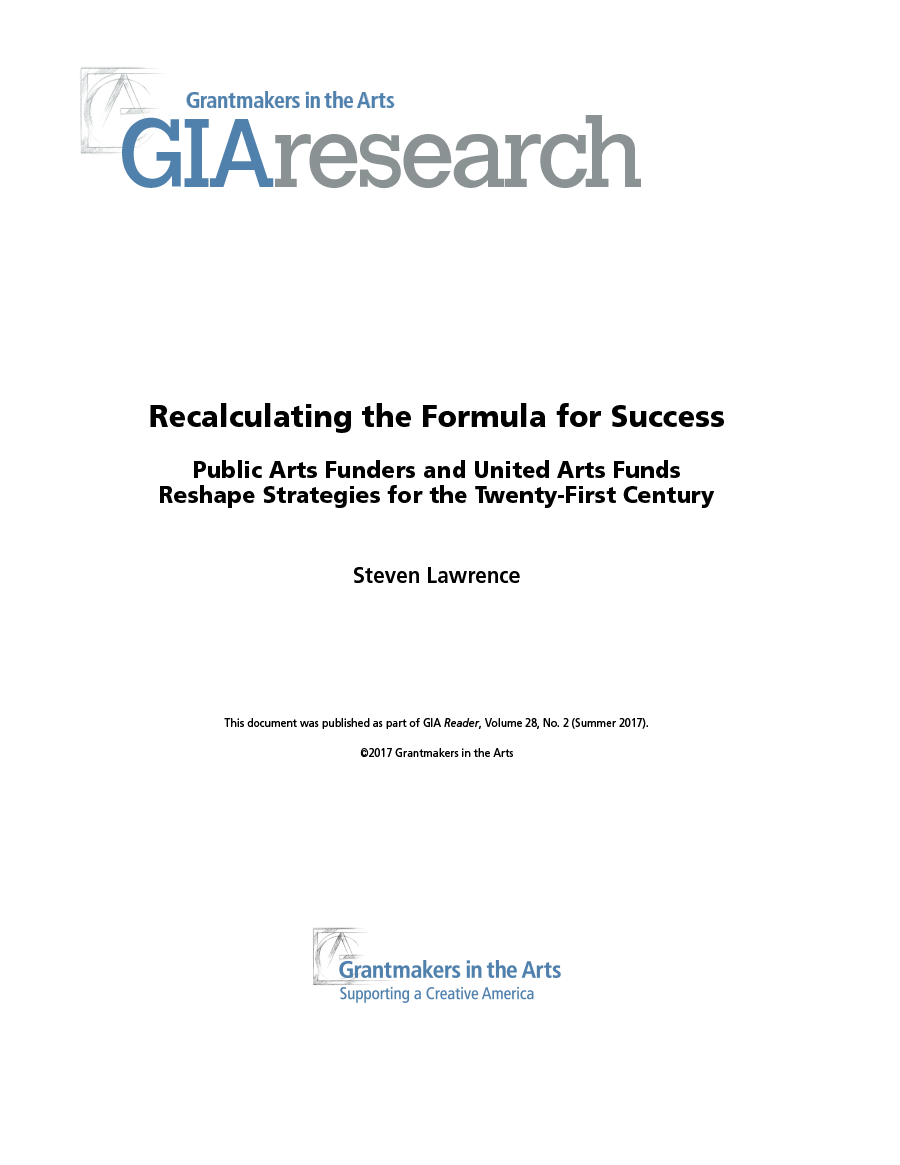Public Agency
Public Agency
Setting the Stage
With a population of over 2.3 million and one-in-four residents being foreign-born, Houston is the most ethnically diverse metro area in the nation. The city’s arts programs and cultural offerings are robust in number and breadth, and its vibrancy unfolds along the numerous bayous and highways. Most years see 11 to 16 million visitors traveling to the city for arts and cultural events. Houston’s nonprofit arts and culture sector, a $1.1 billion industry, employs more than 25,000 people.
Read More...Download:![]() Arts Funding Snapshot: GIA’s Annual Research on Support for Arts and Culture (1.1Mb)
Arts Funding Snapshot: GIA’s Annual Research on Support for Arts and Culture (1.1Mb)
Download:
![]() Arts Funding Snapshot: GIA’s Annual Research on Support for Arts and Culture (2.8Kb)
Arts Funding Snapshot: GIA’s Annual Research on Support for Arts and Culture (2.8Kb)
In a corner of the reading room in a public library near downtown Brooklyn, an artist/educator guides a group of children through the process of grinding up insects with a mortar and pestle and then using a muller to mix the resulting red powder with water. “By crushing the cochineal beetle,” she says, which lives on cacti in arid regions of Mexico and is still used as a natural food coloring for ketchup and many other processed foods, “medieval and early modern artists could produce this wonderful red color for their paintings.”
Read More...As a society and country, we continue to struggle with the legacy of racism and the structural barriers that have been created to privilege some while oppressing others. Building racial equity and social justice takes dedication, inspiration, honesty, and a willingness to admit and learn from our failures. There are no foolproof guides or programs, nor one right path to achieving racial equity. It becomes a daily practice to question norms and work to make change.
Read More...![]() Arts Funding Snapshot: GIA’s Annual Research on Support for Arts and Culture (1.1Mb)
Arts Funding Snapshot: GIA’s Annual Research on Support for Arts and Culture (1.1Mb)
Download:
![]() Arts Funding Snapshot: GIA’s Annual Research on Support for Arts and Culture (332Kb)
Arts Funding Snapshot: GIA’s Annual Research on Support for Arts and Culture (332Kb)
Download:
![]() Arts Funding at Twenty-Five (318Kb)
Arts Funding at Twenty-Five (318Kb)
Introduction
The easy convenience of typing a few key words into a search box and promptly being immersed in data can make one forget that this capability has existed for a remarkably short period of time. Just twenty-five years ago — a point in time well within the recollection of most members of the arts and culture sector — Stanley N. Katz, then president of the American Council of Learned Societies, observed, “the serious study of arts philanthropy is less than a generation old, and we are just beginning the sorts of data collection and analysis…we need to make sound judgments about the field.”1
Read More...There are many arguments for continued federal funding to the National Endowments for the Arts and the Humanities (NEA and NEH), the Corporation for Public Broadcasting (CPB), and the Institute of Museum and Library Services (IMLS) — all agencies that would be eliminated by President Trump’s 2018 budget.
Read More...




